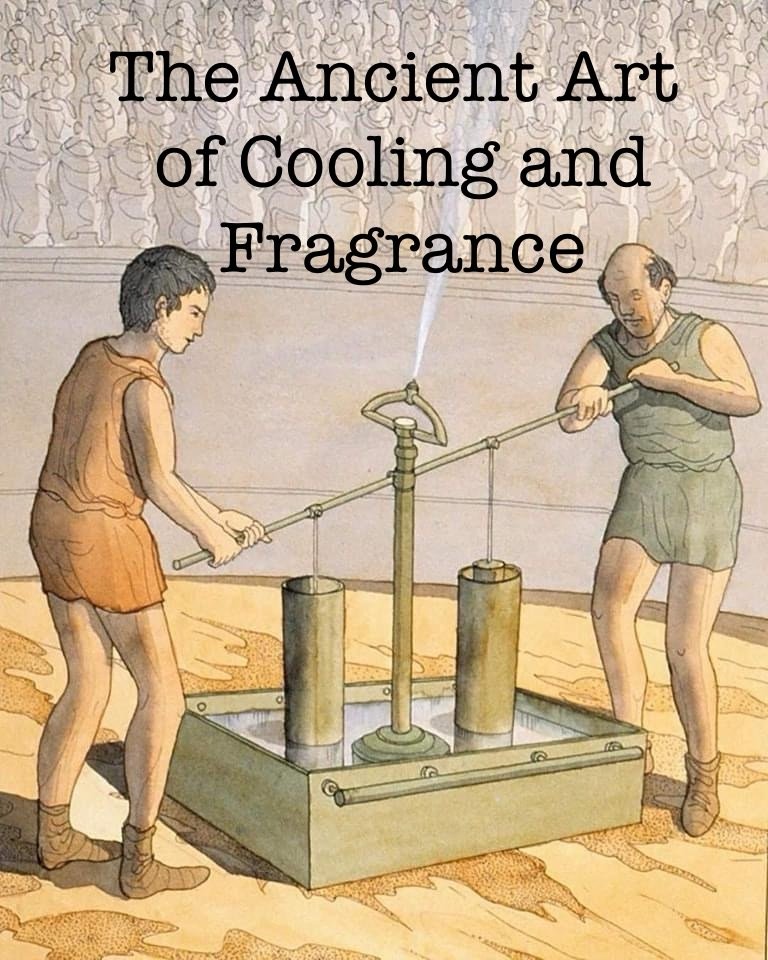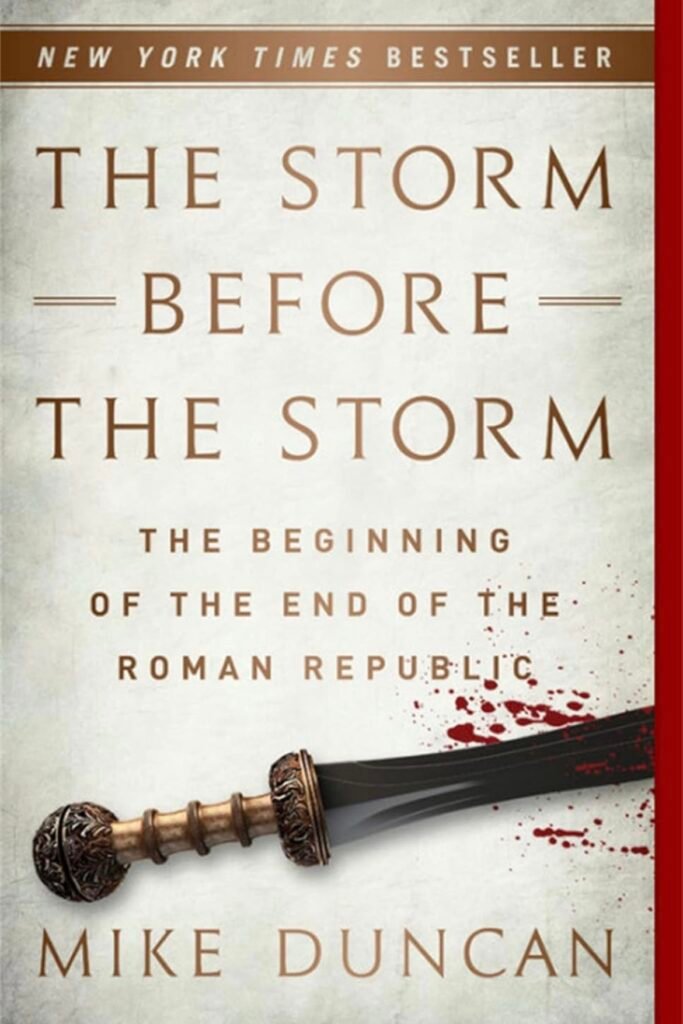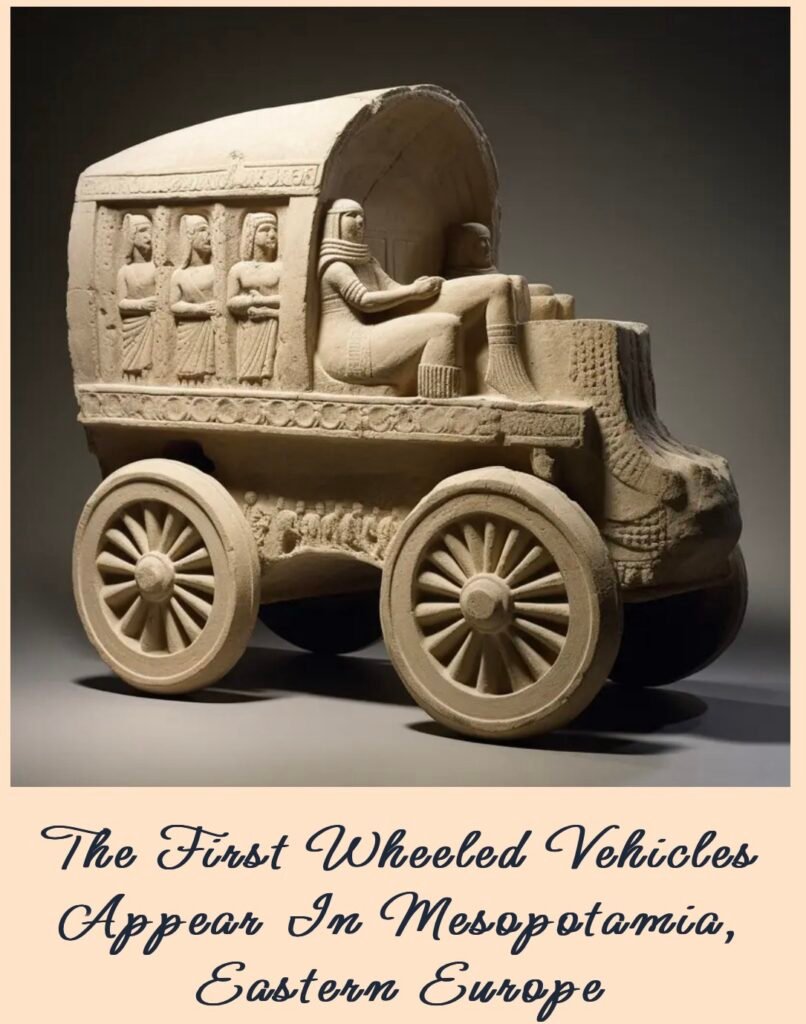
The Ancient Practice of Roman Sparsiones
Ah, the Romans—masters of engineering, gladiator games, and, as it turns out, keeping cool under the blazing Mediterranean sun. When you think of Roman amphitheatres, you probably imagine roaring crowds, epic battles, and maybe a lion or two. But there’s something else that played a key role in these grand spectacles, something a bit more refreshing: Roman sparsiones.
Now, you might be wondering, “What on earth is a sparsio?” Well, let me paint the scene for you. Picture a hot summer day in ancient Rome. The amphitheatre is packed, the sun is beating down, and the air is thick with the smell of sweat, animals, and, let’s be honest, a bit of blood. Not exactly the most pleasant aroma, right? This is where the Romans, in all their innovative glory, stepped in with their sparsiones—a cooling mist of water, infused with fragrant oils like balsam or saffron, sprayed over the audience.
This practice wasn’t just about keeping the crowds cool, though that was definitely a perk. It was also about masking the less-than-desirable odors that came with a day at the games. And trust me, when you’ve got thousands of people, animals, and a few unfortunate gladiators all packed into one space, you need something to keep the air fresh.
Roman sparsiones are a fascinating, and frankly ingenious, example of how the Romans enhanced their public spectacles. From literary sources to historical records, we know these fragrant mists were a staple of the amphitheatre experience, showing just how much the Romans valued not only entertainment but also comfort and luxury.
In this article, we’ll dive into the history and mechanics of these sparsiones, explore the fragrances that were used, and see how this ancient practice has left its mark on the modern world. So, grab your toga (or maybe just a cold drink), and let’s take a refreshing look at one of Rome’s coolest inventions.

Roman Amphitheatres: The Setting for Sparsiones
Roman amphitheatres were the epicenters of entertainment in the ancient world—think of them as the stadiums of their day, but with a lot more gladiators and considerably fewer nachos. These grand structures hosted everything from chariot races to public executions, and of course, the legendary gladiatorial combats that have inspired countless movies and TV shows. But beyond the blood and spectacle, there was another side to these events that often goes unnoticed: the sparsiones.
You see, the Romans were all about enhancing the sensory experience of their audiences. They understood that if you’re going to spend a hot day in the amphitheatre, watching your favorite gladiator fight for his life, you might as well be comfortable. This is where Roman sparsiones came into play.
Imagine sitting in a crowded amphitheatre with the sun beating down on you, when suddenly, a fine mist of cool, scented water wafts over the crowd. It’s not just a relief from the heat; it’s a luxurious touch that reminds you that Rome is the center of the civilized world. The fragrance of balsam or saffron fills the air, masking the less pleasant odors that inevitably come with thousands of sweaty spectators and the aftermath of brutal combat. It’s a small detail, but one that speaks volumes about how the Romans approached public entertainment—not just as a spectacle, but as a full sensory experience.

These amphitheatres weren’t just architectural marvels; they were designed with the comfort of the audience in mind. The fact that the Romans thought to include something like sparsiones shows just how advanced they were in their understanding of public spaces. They knew that keeping the crowd cool and refreshed was key to maintaining the energy and excitement of the games.
For those interested in how these spaces also reflected the social and political atmosphere of the time, it’s worth checking out The Storm Before the Storm: The Beginning of the End of the Roman Republic. This book dives into the turmoil and transition that marked the end of the Roman Republic, a time when these amphitheatres were more than just venues for entertainment—they were arenas where the struggles and ambitions of Rome played out on a grand scale.

How Did Roman Sparsiones Work? Cooling the Crowds with Fragrant Mists
So, how exactly did the Romans manage to cool down thousands of sweaty spectators with sparsiones? The truth is, while we know these fragrant mists were a part of the amphitheatre experience, the exact methods they used remain a bit of a mystery—another one of those ancient secrets lost to time. But that doesn’t stop us from speculating based on what we do know.
One theory is that attendants would carry containers filled with perfumed water, walking through the crowd and spraying it over the audience. These could have been anything from simple vessels to more sophisticated devices designed to create a fine mist. Given the Romans’ knack for engineering, it wouldn’t be surprising if they had developed some clever way of evenly distributing this cooling mist. Picture it: attendants moving through the stands, spraying balsam or saffron-infused water over the crowd, much to their relief on a sweltering day.
Another possibility is that the sparsiones were delivered through a more centralized system—perhaps even something akin to an early sprinkler system, though that might be stretching it a bit. The Romans were certainly advanced, but whether they had the means to install such a system in their massive amphitheatres is up for debate.
Regardless of the method, what’s clear is that Roman sparsiones were an integral part of the experience, ensuring that the audience could focus on the spectacle rather than the heat or the less-than-pleasant smells of the day. The fragrances, like balsam and saffron, weren’t chosen at random, either. These were scents prized in Roman society, associated with luxury and status, making the entire experience one that appealed not just to the eyes and ears, but to the nose as well.
This attention to detail wasn’t limited to just perfumed mists. The Romans were masters of creating environments that catered to the senses. Take, for example, their craftsmanship in weapons and tools, which was as much about form as it was about function. Speaking of Roman craftsmanship, you might find it interesting to check out The Discovery and Restoration of a 2000-Year-Old Roman Silver Dagger, which highlights just how advanced Roman artisans were. It’s a reminder that the same hands that could craft a deadly weapon could also design a system to make a day at the amphitheatre more enjoyable.
Whether through attendants with sprayers or some ingenious system, Roman sparsiones are a testament to how far the Romans went to make sure their audiences stayed cool and comfortable, no matter how intense the spectacle in the arena might have been.

Fragrances in Roman Sparsiones: Scents of the Ancient World
When you think about Roman sparsiones, it’s not just the cooling mist that made them special—it’s the fragrances that were infused into that mist. The Romans didn’t just settle for plain old water; they elevated the experience by adding scents that were as luxurious as they were functional. These scents weren’t just for show (or smell); they played a crucial role in making the amphitheatre experience bearable, and even pleasant, despite the heat and the not-so-pleasant smells of the arena.
Popular Fragrances Used in Sparsiones:
- Balsam: This was one of the most prized scents in ancient Rome. Balsam, with its rich, resinous aroma, was often associated with wealth and luxury. When mixed with water for sparsiones, it would have given the amphitheatre a refreshing, earthy scent that helped mask the odors of sweat, animals, and, let’s be honest, the occasional bloodshed.
- Saffron: Another favorite was saffron. Known for its vibrant color and unique fragrance, saffron wasn’t just used in cooking—it was also a popular choice for perfumes. In sparsiones, saffron would have added a sweet, slightly spicy aroma to the air, making the amphitheatre feel more like a luxury spa than a public arena.
- Herbs and Spices: Other herbs and spices, like thyme, mint, and cinnamon, were likely used as well. These ingredients were commonly available and could be easily mixed into water to create a variety of refreshing scents.
Why These Scents?
- Masking Odors: The amphitheatres were bustling with people and animals, and the smell could get pretty intense. The scented mists served to mask these odors, creating a more pleasant atmosphere.
- Status Symbol: The use of such luxurious scents was also a way to display wealth and status. The Romans were keen on showing off their sophistication, and what better way than to fill the air with the finest fragrances money could buy?
- Cultural Significance: Each of these scents carried its own cultural significance, often associated with religious rituals or elite gatherings. Incorporating them into sparsiones was a way to bring a touch of the sacred and the elite to the everyday citizen.
These scents weren’t just randomly chosen; they were carefully selected to enhance the overall experience of being in a Roman amphitheatre. It’s fascinating to think that the same scents that filled the air during public executions or gladiatorial games could also be found in the homes of the Roman elite.
Interestingly, the need to mask unpleasant odors in public spectacles wasn’t unique to Rome. Across history, societies have found creative ways to deal with the realities of large gatherings. For a different perspective on how ancient cultures managed the more gruesome aspects of public events, check out Unearthing the Past: The Roman Skull on a Spike. It’s a stark reminder of the realities that these scents were meant to soften.
By infusing their sparsiones with these luxurious scents, the Romans weren’t just cooling down their audiences—they were elevating the entire experience, making a day at the amphitheatre something to savor with all the senses.

Roman Sparsiones in History: Literary and Archaeological Evidence
The practice of Roman sparsiones wasn’t just a one-off gimmick; it was a well-documented part of Roman culture, mentioned in various literary sources and supported by historical evidence. The fact that this seemingly simple act of spraying fragrant water over a crowd was recorded by multiple writers tells us just how significant it was in the day-to-day life of a Roman citizen.
Literary Mentions of Sparsiones
- Pliny the Elder: One of the most famous mentions of sparsiones comes from Pliny the Elder in his work, The Natural History. Pliny, who was known for documenting everything from the properties of gemstones to the diets of ancient animals, also took note of the fragrances used in Roman theatres. He highlights how these scented mists were employed not just to cool the crowd, but to perfume the space—an important detail in a time when large gatherings often came with some, shall we say, less-than-pleasant aromas.
- Roman Poetry and Letters: Beyond Pliny, references to sparsiones can also be found sprinkled throughout Roman poetry and letters from the 1st century BC to the early 2nd century AD. Poets like Martial and Juvenal made casual mentions of these perfumed mists, often highlighting their luxurious and sensory-enhancing qualities. These references suggest that sparsiones were a familiar aspect of Roman public life, expected by audiences and appreciated for the comfort they provided.
Archaeological Clues
- Lack of Physical Evidence: While literary sources provide us with vivid descriptions, the physical evidence of how exactly these sparsiones were delivered is a bit murkier. Archaeologists have yet to uncover any definitive tools or mechanisms specifically tied to the distribution of these scented mists in amphitheatres. This has led to ongoing debates among scholars about whether other items, such as fruit or even coins, might have also been distributed in a similar manner.
- Possible Delivery Methods: Some theories suggest that specialized vessels or containers could have been used to carry and spray the fragrant water. These could have been hand-held, with attendants walking among the audience, or part of a more elaborate setup involving stationary fixtures within the amphitheatre. The lack of concrete archaeological evidence leaves room for speculation, but it’s likely that whatever method was used, it was designed to be both effective and unobtrusive.
Sparsiones and Public Perception
- Cultural Significance: The recurring mentions of sparsiones in various forms of literature suggest that this practice was more than just a practical solution—it was a cultural touchstone, a small but significant way in which the Romans differentiated themselves from other civilizations. By incorporating luxury into public spectacles, they reinforced their identity as a people who valued refinement and sensory experiences, even in the midst of blood and chaos.
- Comparison to Other Roman Practices: The idea of using scent to alter the atmosphere wasn’t limited to sparsiones. Romans were known for their elaborate baths, where scented oils and perfumes were commonplace. The use of fragrances in amphitheatres can be seen as an extension of this broader cultural trend, where the olfactory experience was just as important as the visual or auditory ones.
For a deeper dive into the context in which these practices took place, and to understand more about the violent spectacles that sometimes accompanied them, take a look at Ancient Battle Wounds: A Remarkable Tale of Resilience. This article explores the physical toll of the gladiatorial games and other brutal aspects of Roman entertainment, providing a stark contrast to the refined practice of sparsiones.
The literary and historical records of Roman sparsiones offer us a glimpse into how the Romans combined practicality with luxury, using something as simple as a scented mist to elevate the experience of their public spectacles. Though much about the exact mechanics remains a mystery, the cultural impact is clear—sparsiones were a small, fragrant reminder of the sophistication that underpinned even the most brutal aspects of Roman life.

The Lasting Legacy of Roman Sparsiones: From Ancient Rome to Today
It’s fascinating to think that something as seemingly simple as Roman sparsiones—a cooling mist infused with fragrant oils—could have a legacy that stretches all the way to our modern world. But when you look at the ways we’ve adapted this ancient practice, it becomes clear that the Romans were onto something timeless.
Modern Parallels:
- Cooling Mists at Modern Events: If you’ve ever attended an outdoor concert or a sports game on a scorching hot day, you’ve probably seen or experienced those cooling mist stations set up to keep people comfortable. While we might not be spraying saffron-scented water on the crowd, the idea is very much the same. We’ve taken the Roman concept of cooling down large groups of people and adapted it to our needs today.
- Scented Spaces: The use of fragrances to enhance experiences isn’t just a Roman thing. Spas, luxury hotels, and even some high-end retail stores use carefully selected scents to create a particular atmosphere. This practice, which can be traced back to the use of perfumes in Roman sparsiones, shows how scent remains a powerful tool for shaping experiences.
Architectural and Technological Innovations:
- Influence on Public Spaces: The Romans were pioneers in creating public spaces that were not only functional but also comfortable. The concept of using environmental enhancements, like cooling mists and scents, has carried over into modern architecture and urban planning. Today’s designers often incorporate similar features to improve the comfort of public areas, particularly in hot climates.
- Advances in Spraying Technology: While the exact mechanisms of Roman sparsiones are still debated, there’s no denying that the idea of dispersing liquids over a crowd has evolved significantly. Modern technology allows for precise control over misting systems, which are now used in a variety of settings from amusement parks to industrial workplaces. These systems owe a little bit of their existence to the innovations of ancient Rome.
Cultural Significance and Continuing Influence:
- Luxury and Status: The idea of using luxury items, like fragrant oils, to enhance public experiences didn’t disappear with the fall of Rome. Throughout history, and even today, people have continued to use luxury products to elevate everyday experiences. Whether it’s through high-end perfumes or the design of luxurious public spaces, the influence of Roman practices is still evident.
- Historical Curiosity: The concept of Roman sparsiones also feeds into our ongoing fascination with ancient Rome. The fact that we’re still trying to piece together how these systems worked shows just how innovative the Romans were. It’s a reminder that, even with all our modern advancements, there’s still a lot we can learn from the past.
For a look at other ancient innovations that have shaped our world, check out The First Wheeled Vehicles: Mesopotamia to Eastern Europe. Just like sparsiones, the invention of the wheel had far-reaching impacts that continue to influence us today.
Conclusion: A Cooling Mist That Spans Centuries
Roman sparsiones might have started as a practical solution to a very Roman problem—keeping a sweaty, excited crowd comfortable during a day at the amphitheatre—but they’ve ended up as a lasting influence on how we design and enjoy public spaces. Whether it’s through the cooling mists of a modern stadium or the scented air of a luxury spa, the legacy of sparsiones lives on, reminding us that even in the heat of the moment, comfort and luxury are timeless.

The Cultural Significance of Roman Sparsiones
When you look back at the history of Roman sparsiones, it’s clear that these perfumed mists were more than just a way to cool down a crowd—they were a reflection of Roman society’s dedication to luxury, comfort, and sensory enhancement. In a world where public spectacles often involved violence and intense physical exertion, sparsiones offered a refreshing counterbalance, reminding the audience of the sophistication and refinement that characterized Roman life.
The amphitheatres, with their grand architecture and roaring crowds, were the perfect setting for sparsiones. Whether through the use of balsam, saffron, or other fragrant herbs, these cooling mists helped to transform the atmosphere, making a day at the games as much about the experience of being there as it was about the events unfolding in the arena. The practice of Roman sparsiones underscores just how much the Romans valued the complete sensory experience—sight, sound, and yes, even smell.
But perhaps what’s most fascinating is how this ancient practice has influenced our modern world. From cooling mists at outdoor events to the use of fragrance in public spaces, the legacy of sparsiones can still be felt today. The Romans were masters of creating environments that catered to the senses, and their innovations continue to inspire us in ways both big and small.
For those interested in further exploring the wonders and innovations of ancient Rome, the history books are full of intriguing stories and discoveries. Whether it’s the unearthing of a 2000-year-old Roman silver dagger or the invention of the first wheeled vehicles, there’s always something new to learn about how our ancestors shaped the world we live in today.
In the end, Roman sparsiones remind us that even in the midst of chaos and intensity, there’s always room for a touch of luxury and comfort. It’s a lesson that, like the scent of balsam on a hot summer day, lingers long after the moment has passed.

As an Amazon Associate we earn from qualifying purchases through some links in our articles.




